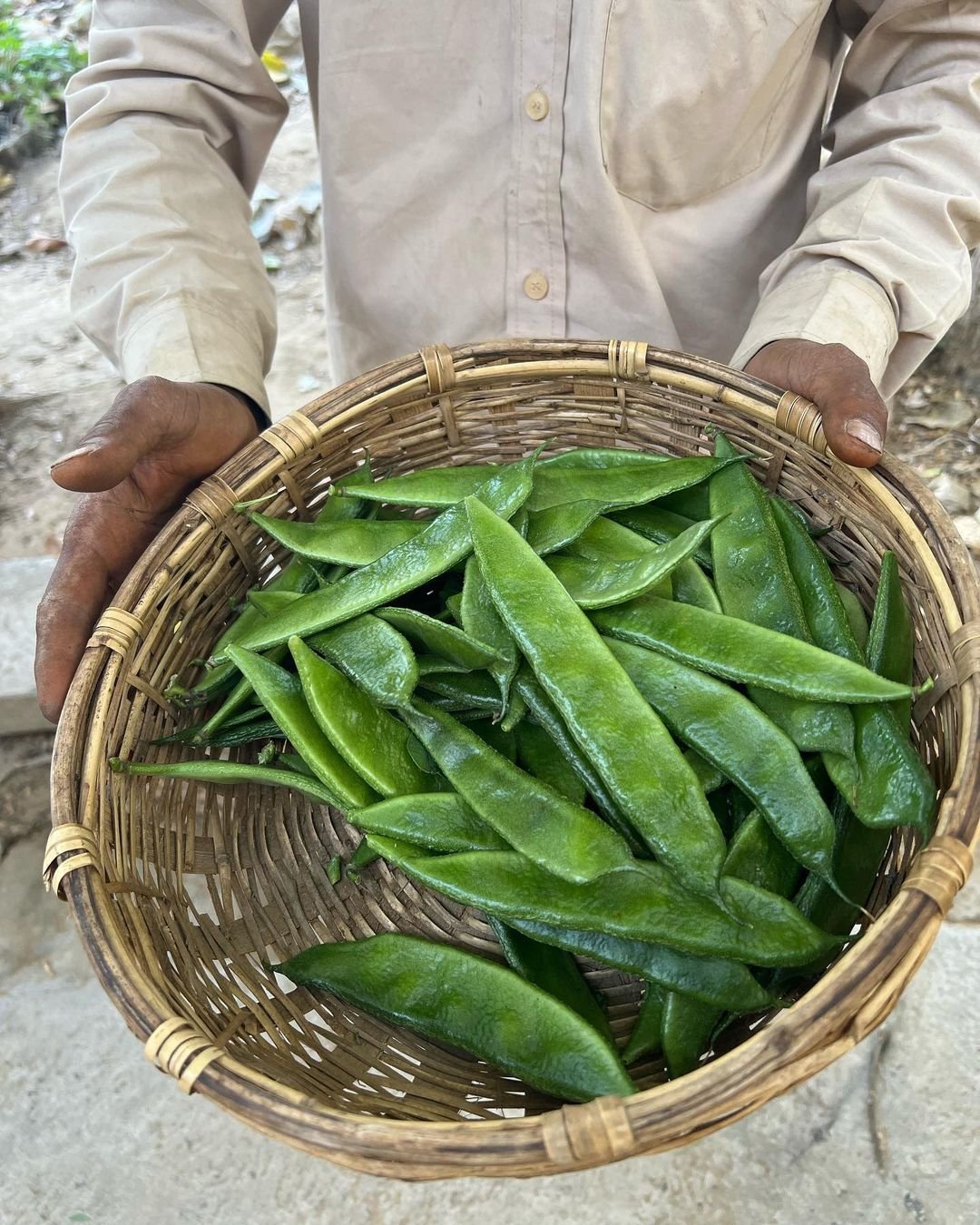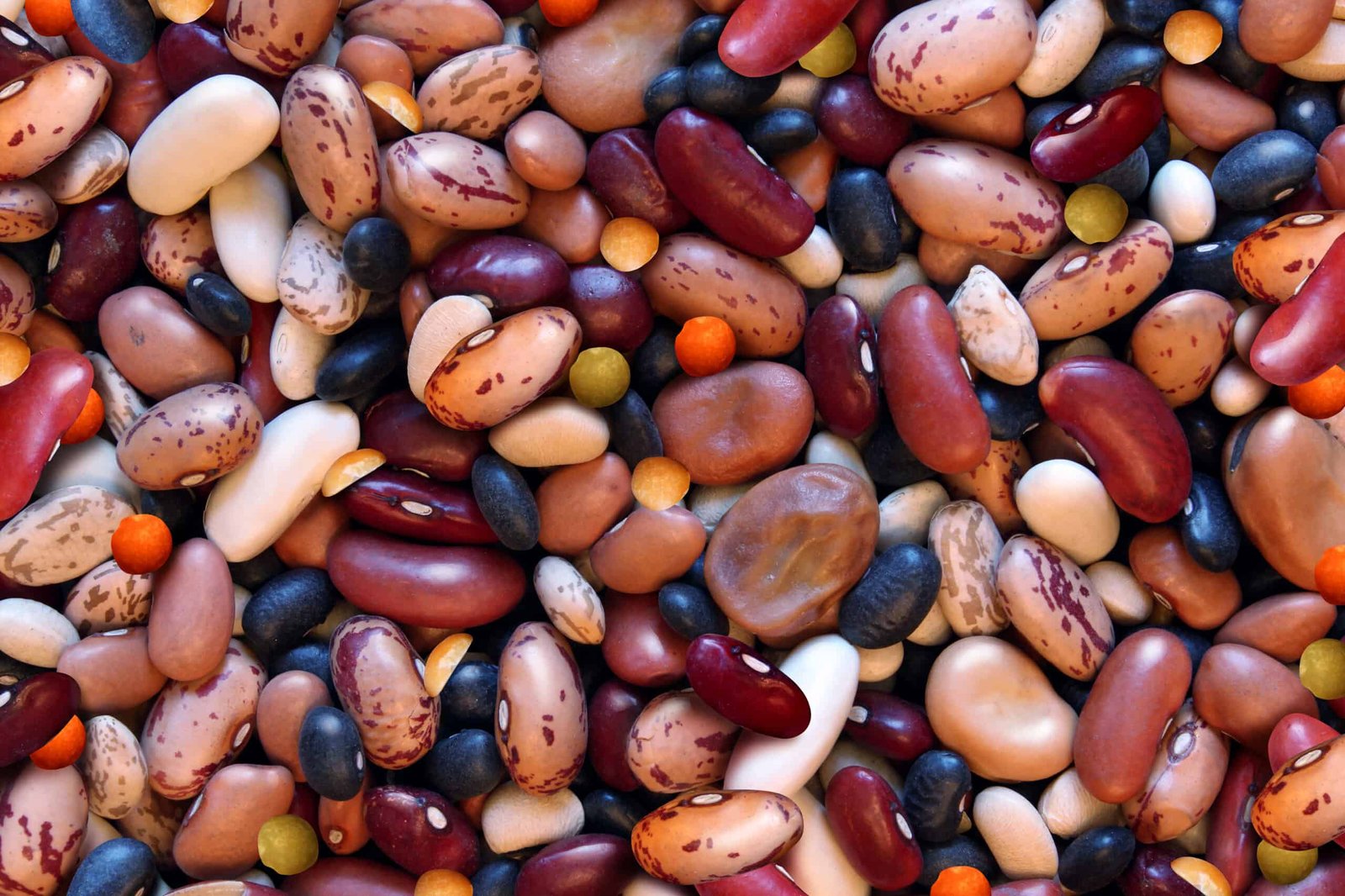Unlock the secrets to a bountiful bean harvest in your backyard! This comprehensive guide covers everything from picking varieties to planting, nurturing, and savoring your homegrown Beans bounty all year round.
There’s nothing quite like the satisfaction of growing your own food, and Beans are a fantastic crop for home gardeners of all skill levels. These versatile legumes come in a wide variety of shapes, sizes, and flavors, offering something for everyone. Whether you’re a seasoned green thumb or just starting your gardening journey, growing beans can be a rewarding and cost-effective way to enjoy fresh, nutritious produce all year round.
Here’s a detailed information chart for Beans:
| Aspect | Details |
|---|---|
| Botanical Name | Phaseolus spp. (common beans: Phaseolus vulgaris) |
| Plant Type | Annual vegetable |
| Zones | USDA Zones 3-10 (grown as annuals) |
| Exposure | Full sun |
| Bloom Time | Summer |
| Height/Spread | Bush varieties: 1-2 feet tall and wide; Pole varieties: 6-10 feet tall, spread 1-2 feet |
Types of Beans for Home Gardens
Not all beans are created equal, and choosing the right varieties for your garden is key to a successful harvest. Here are some popular options to consider:
Bush Beans

These compact plants are perfect for small gardens or container growing. Bush beans come in both green (like the beloved ‘Blue Lake’) and yellow wax varieties. Their dwarf stature means no staking is required, making them a low-maintenance choice.
Pole Beans

Unlike their bushy cousins, pole beans are vining plants that require support from a trellis or pole. While they demand a bit more work upfront, pole beans (such as the classic ‘Kentucky Wonder’) often yield a larger and longer harvest once established.
Lima Beans

Beans With their rich, buttery flavor, lima beans are a beloved addition to many dishes. Both bush and pole varieties are available, with ‘Henderson’ and ‘Fordhook’ being popular options for home growers.
Runner Beans

Prized for their vibrant flowers as well as their flat, flavorful pods, runner beans like ‘Scarlet Runner’ add a touch of beauty to the vegetable patch while providing a tasty harvest.
Dry Beans

If you’re looking to grow beans for long-term storage, dry varieties like kidney, pinto, and black beans are excellent choices. Once the pods have fully matured and dried on the plant, you can shell the beans and store them for use throughout the year.
Planting Beans in Your Garden

Site Selection Like most vegetables, beans thrive in full sun and well-draining soil. Choose a spot that receives at least six hours of direct sunlight per day, and amend the soil with compost or aged manure to improve drainage and fertility.
Planting Time
As warm-weather crops, beans should be planted after the last expected frost in your area. Depending on your climate, this could be anywhere from late spring to early summer. For a continuous harvest, consider making successive plantings every two to three weeks.
Planting Methods
Bush beans can be planted in traditional rows or blocks, spacing the seeds 2-3 inches apart and 1 inch deep. Pole beans do best when planted in rows or hills, with seeds spaced 4-6 inches apart and 1 inch deep. Be sure to provide a sturdy trellis or pole for the vines to climb.
Inoculating Seeds
While not strictly necessary, inoculating bean seeds with a nitrogen-fixing bacteria before planting can give your plants a boost. This process helps establish a symbiotic relationship between the beans and soil bacteria, improving the plants’ ability to fix nitrogen from the air and enhancing overall growth and productivity.
Caring for Bean Plants

Watering Consistent moisture is key for healthy bean plants, especially during flowering and pod development. Aim to provide about 1-2 inches of water per week, adjusting as needed based on weather conditions and soil type.
Mulching
A 2-3 inch layer of organic mulch, like shredded leaves or straw, can work wonders for your bean patch. Mulch helps retain soil moisture, suppress weeds, and regulate soil temperature, creating an ideal environment for your plants to thrive.
Fertilizing
Beans generally don’t require heavy fertilization, especially if you’ve amended the soil with compost or manure before planting. However, a light side-dressing of balanced fertilizer or compost tea during flowering and pod development can give your plants an extra boost.
Staking or Trellising
As mentioned earlier, pole beans and runner beans require support to climb and produce an abundant harvest. Provide sturdy trellises, poles, or cages for the vines to climb as they grow.
Pest and Disease Management
While generally resilient, bean plants can still fall prey to pests like Mexican bean beetles, aphids, and spider mites. Monitor your plants regularly and use organic pest control methods, such as insecticidal soap or neem oil, if needed. Diseases like bacterial blight and rust can also occur, so practice crop rotation and remove any infected plant material promptly.
Harvesting and Storing Beans
Harvesting Snap Beans
For fresh snap beans (green, wax, or romano), harvest the pods when they’re firm, crisp, and have reached the desired size. Regular picking will encourage continued production throughout the season.
Harvesting Pole and Runner Beans

Check pole and runner bean plants frequently, and harvest the pods when they’re tender and at the desired size. Leaving pods on the plant for too long can slow down production, so stay on top of your harvesting.
Harvesting Lima Beans

Lima beans can be enjoyed fresh or dried. For fresh limas, harvest the pods when they’re plump and the beans inside are bright green. For dried lima beans, allow the pods to mature on the plant until they turn yellow or brown, then remove the beans from the pods and dry them thoroughly.
Harvesting Dry Beans

If growing dry beans like kidney or pinto, leave the pods on the plant until they’ve turned brown and dry. Pull up the entire plant, allow it to dry further, then remove the beans from the pods and store them in an airtight container in a cool, dry place.
Storing Fresh Beans

Fresh snap, pole, and lima beans can be stored in the refrigerator for up to a week. For longer storage, blanch the beans and freeze them in airtight containers or bags.
Conclusion
Growing beans is a rewarding and practical endeavor for home gardeners. By following the tips outlined in this guide, you can successfully cultivate a variety of bean types, from crisp snap beans to nutritious dry beans. With proper planting, care, and harvesting techniques, you’ll be able to enjoy a fresh, flavorful harvest that can be enjoyed throughout the year in countless delicious dishes. So, get your hands dirty and start growing your own beans today – your taste buds (and wallet) will thank you!
Pingback: Potato Growth Stages: How to Plant, Grow and Harvest -